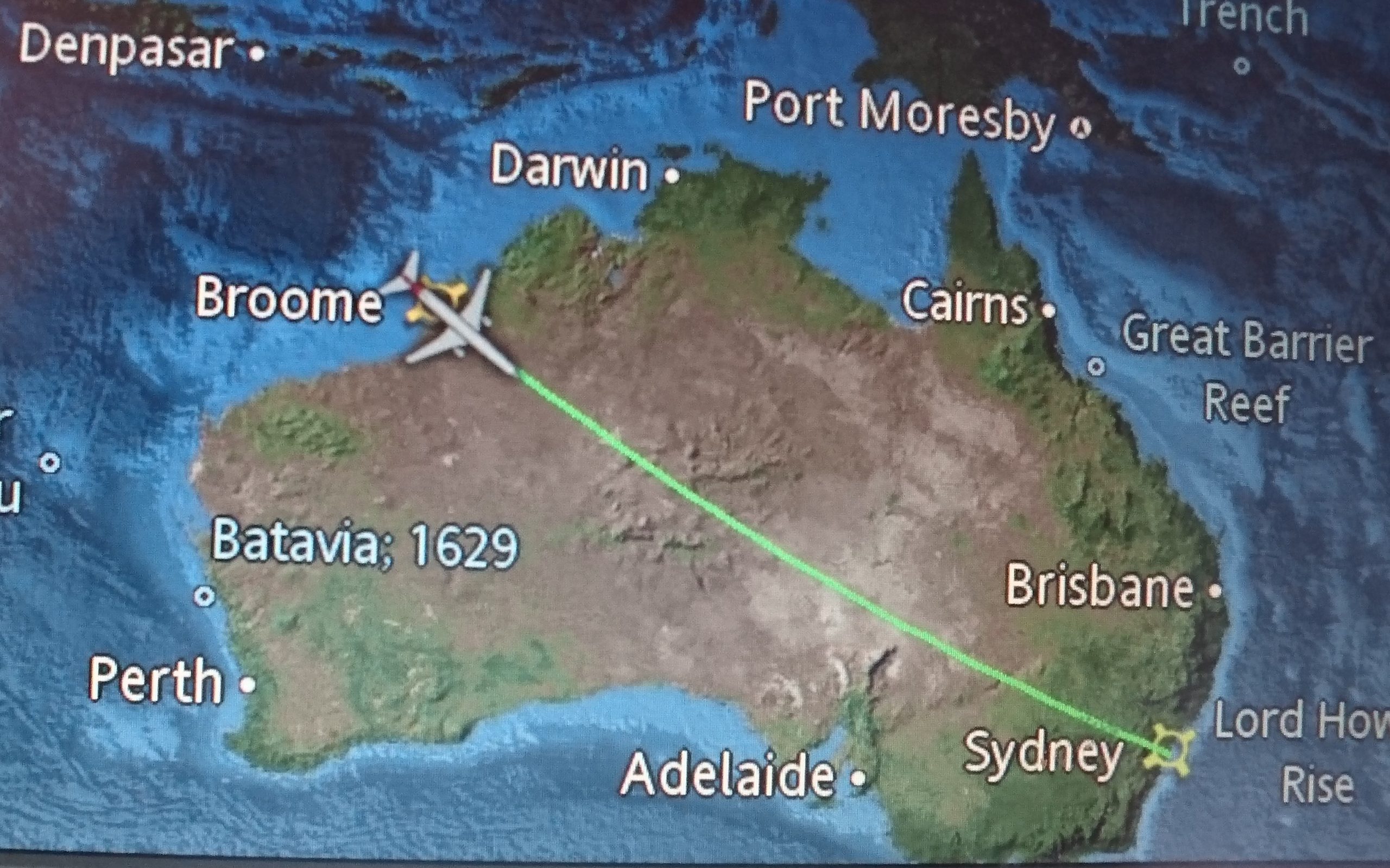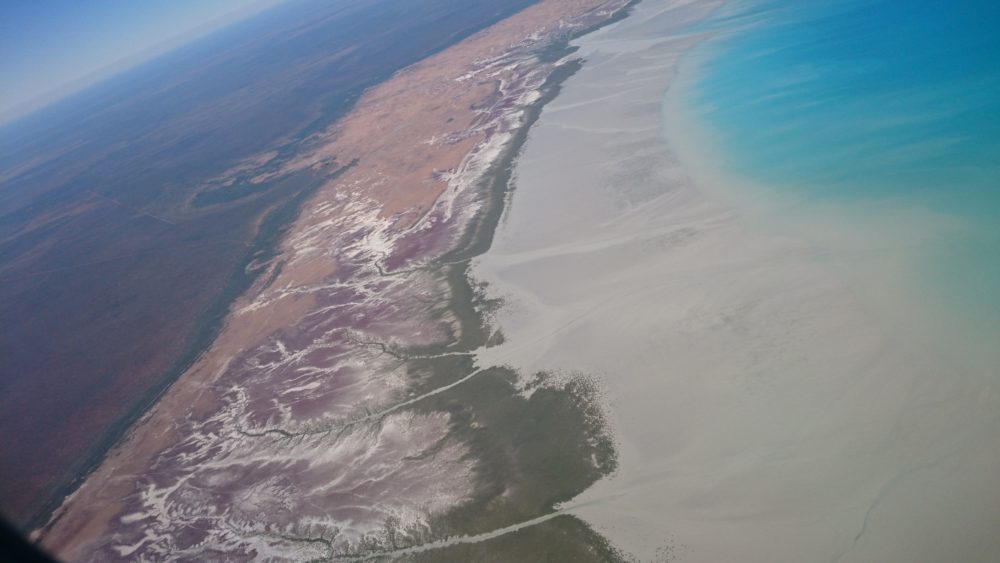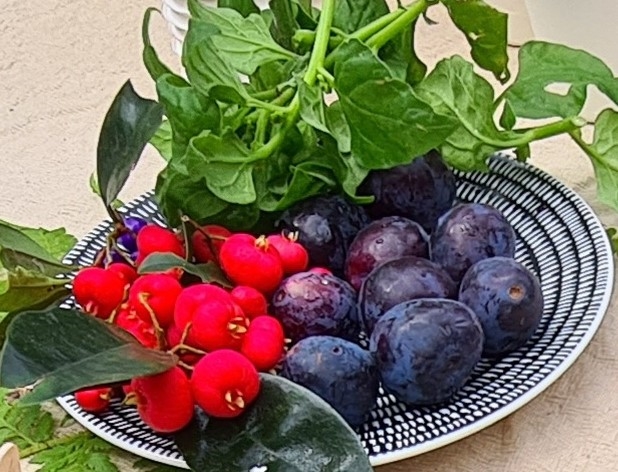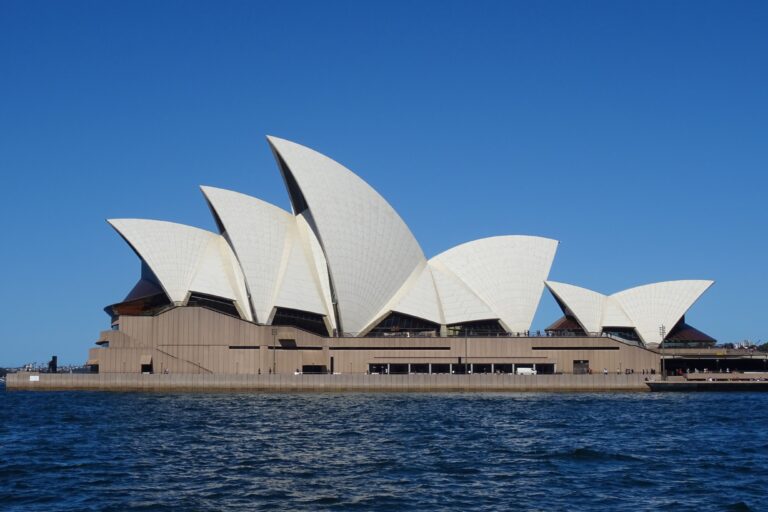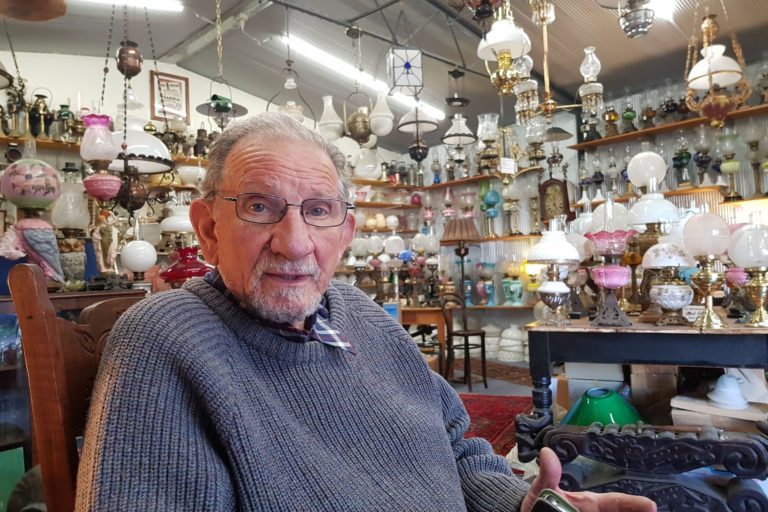By Neena Bhandari
Broome [Western Australia], 02.05.2018 (The Hindu): In Australia’s north-western coastal pearling town of Broome, the Mangrove Hotel’s garden bar is packed with visitors and there is no room near the deck overlooking Roebuck Bay. The excitement is palpable as the sky begins to turn ink blue. In anticipation, the crowd cascades into silence as the swaying branches of frangipani and palm fan the gentle autumn breeze.
STAIRCASE TO THE MOON: A silver line appears on the horizon bathed in a reddish-orange glow. A golden stairway begins to appear as the full moon makes its ascent. Immersed in the spectacle, I am almost oblivious to the photo frenzy ensuing around me. Staircase to the Moon is a natural phenomenon visible from March to November when the rising full moon, reflecting off the exposed tidal mudflats in the bay, creates this optical illusion.
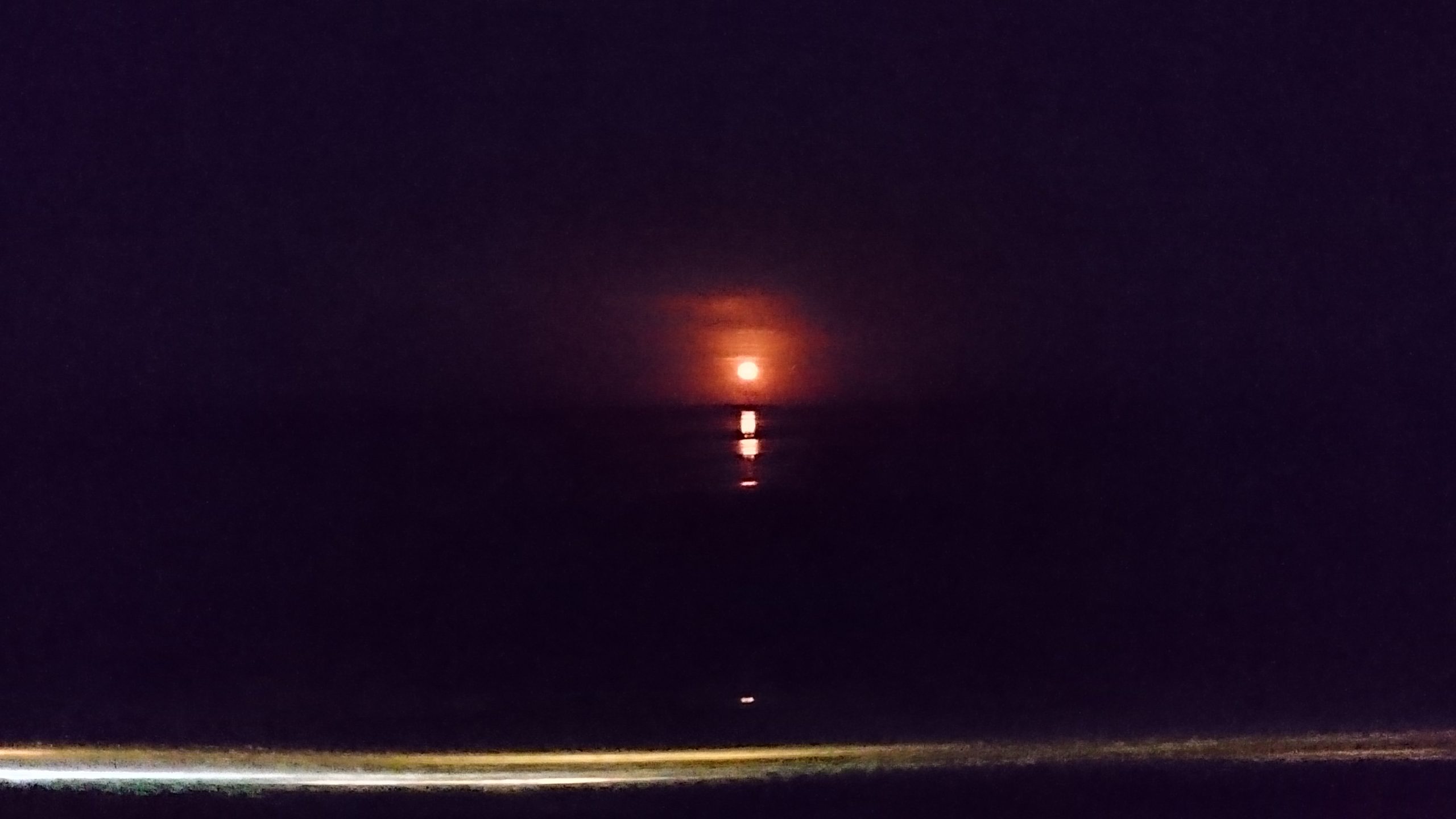
Broome’s natural splendours are a drawcard with local and international travellers, families and backpackers, as much as it’s pearling past. Before dawn breaks, in a mesmerising play of nature, each morning thousands of bats [Black and Red flying fox] fly from the east to roost in the mangroves and tidal mudflats of the bay.
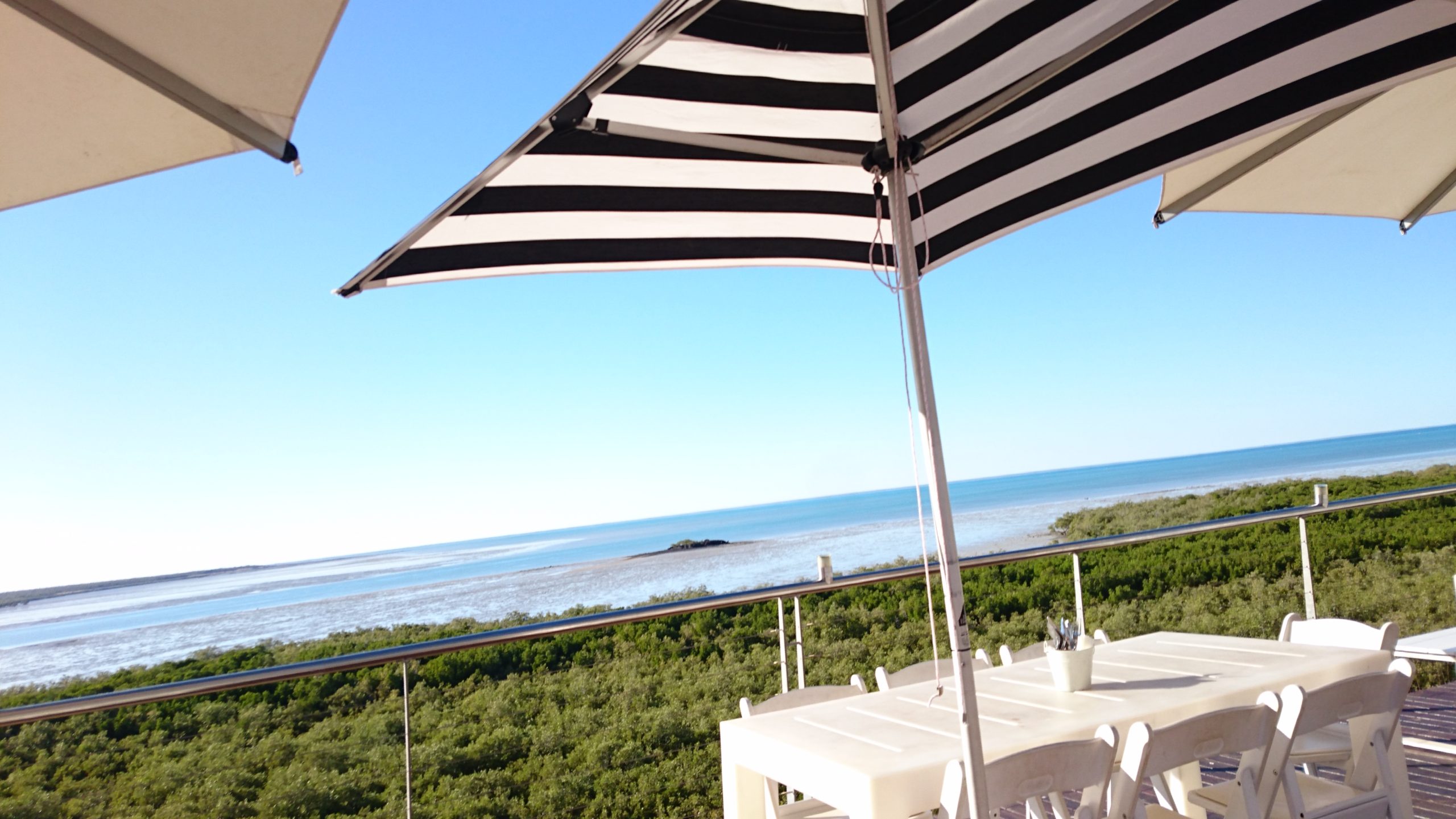
SHOREBIRDS TAKE OFF: A Ramsar wetland site of international significance, the bay comes alive with the chatter of tens of thousands of shorebirds in their colourful breeding plumage, foraging in preparation of their annual migration (between mid-March and mid-May) to the warmer climes of the northern hemisphere. They fly to China and as far as Siberia, where they pair, nest, breed and raise their chicks before returning to Broome in the southern spring.
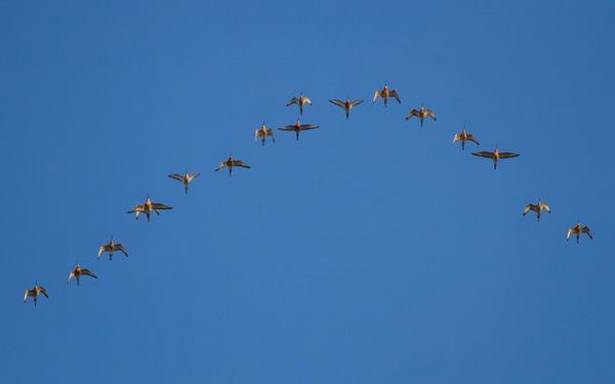
The very first birds to leave Roebuck Bay are usually the Eastern Curlews, followed by Black-tailed and Bar-tailed Godwits, Greater Sand Plovers, and Red Knots are usually the last to depart. This sleepy town and its surrounds are a bird watcher’s paradise with over 325 species of birds, including 55 species of shorebirds.
CABLE BEACH: I hop on to the local bus that takes me to the white sands of the 22km long Cable Beach, hemmed along the Indian Ocean. It is where locals and visitors come to swim in the warm tropical aquamarine waters and take a sunrise or sunset camel ride.
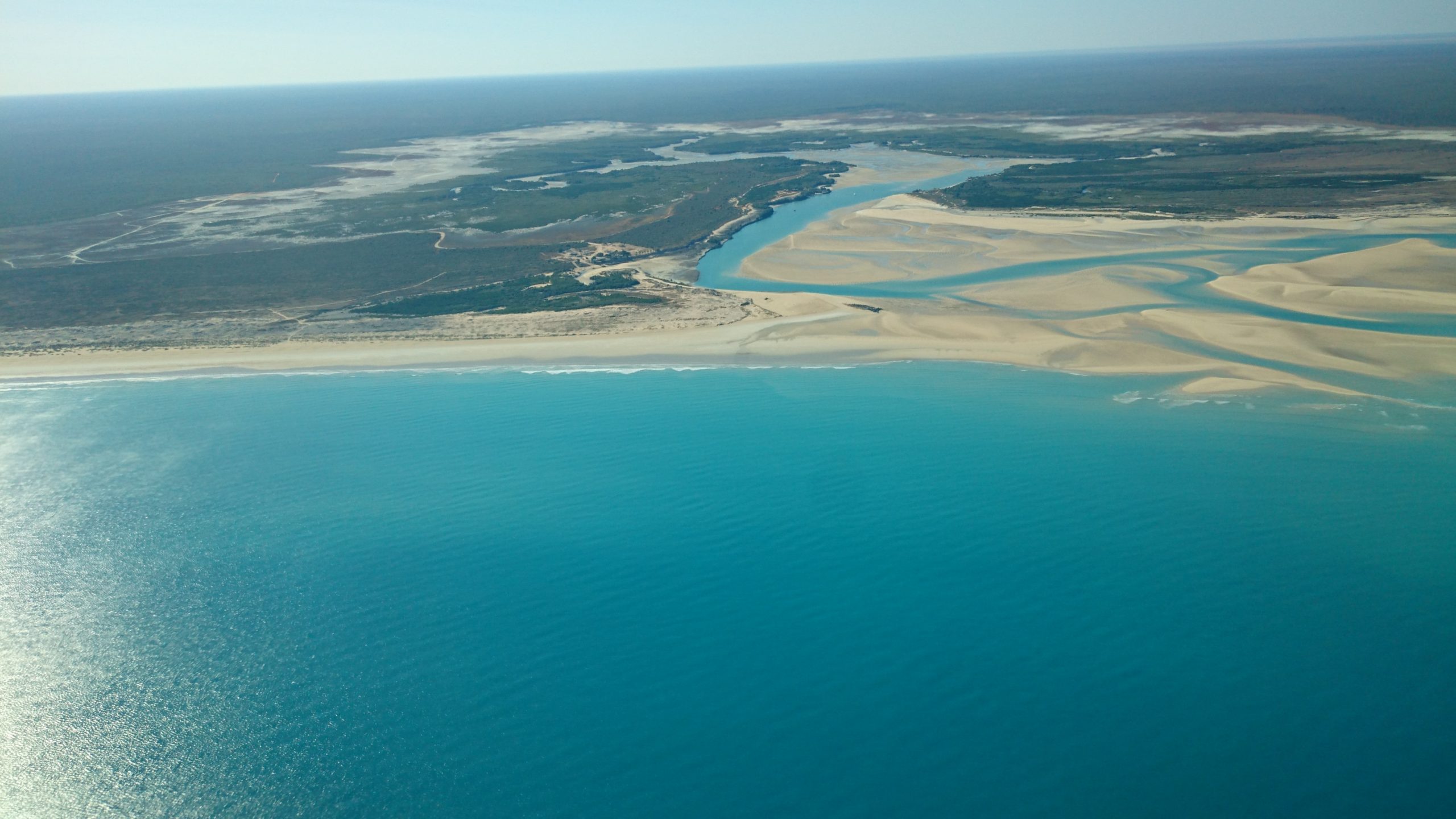
The waters around Broome are also home to humpback whales, dugongs, green turtles, sea snakes and the shy Australian snubfin dolphins. An afternoon cruise is a great way to see pods of Humpback whales, mother whales with calves, frolicking at close quarters.
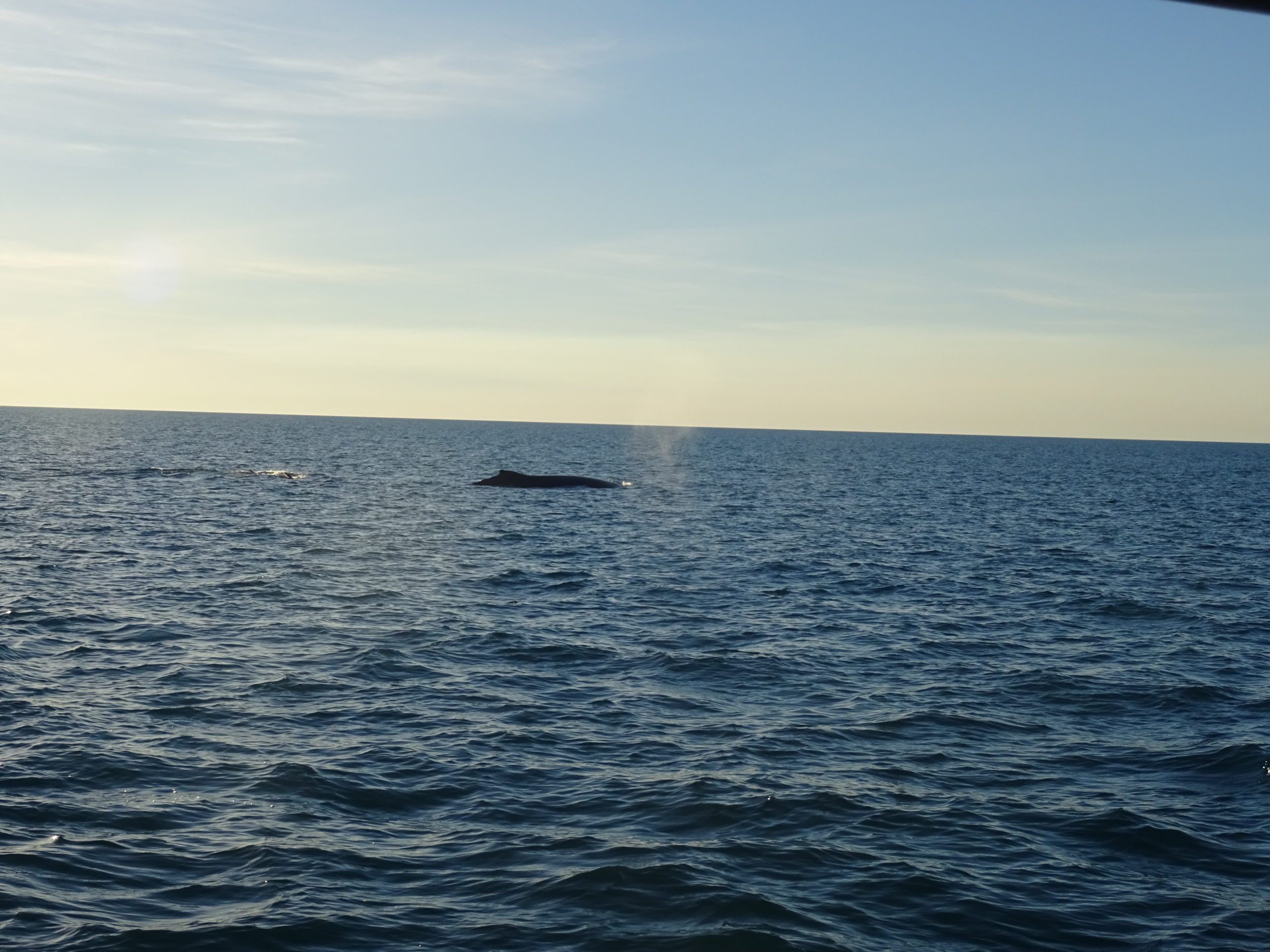
MOTHER OF PEARL: It was in these waters that in the 1870s the world’s largest pearl oyster, Pinctada maxima, was discovered. Today, restored pearling luggers and jewellery showrooms displaying the exquisite Australian South Sea Pearls stand testimony to this outback town’s heydays when the oyster’s mother of pearl shells, used for making buttons, cutlery handles and jewellery, reached as far as the markets of London and New York.
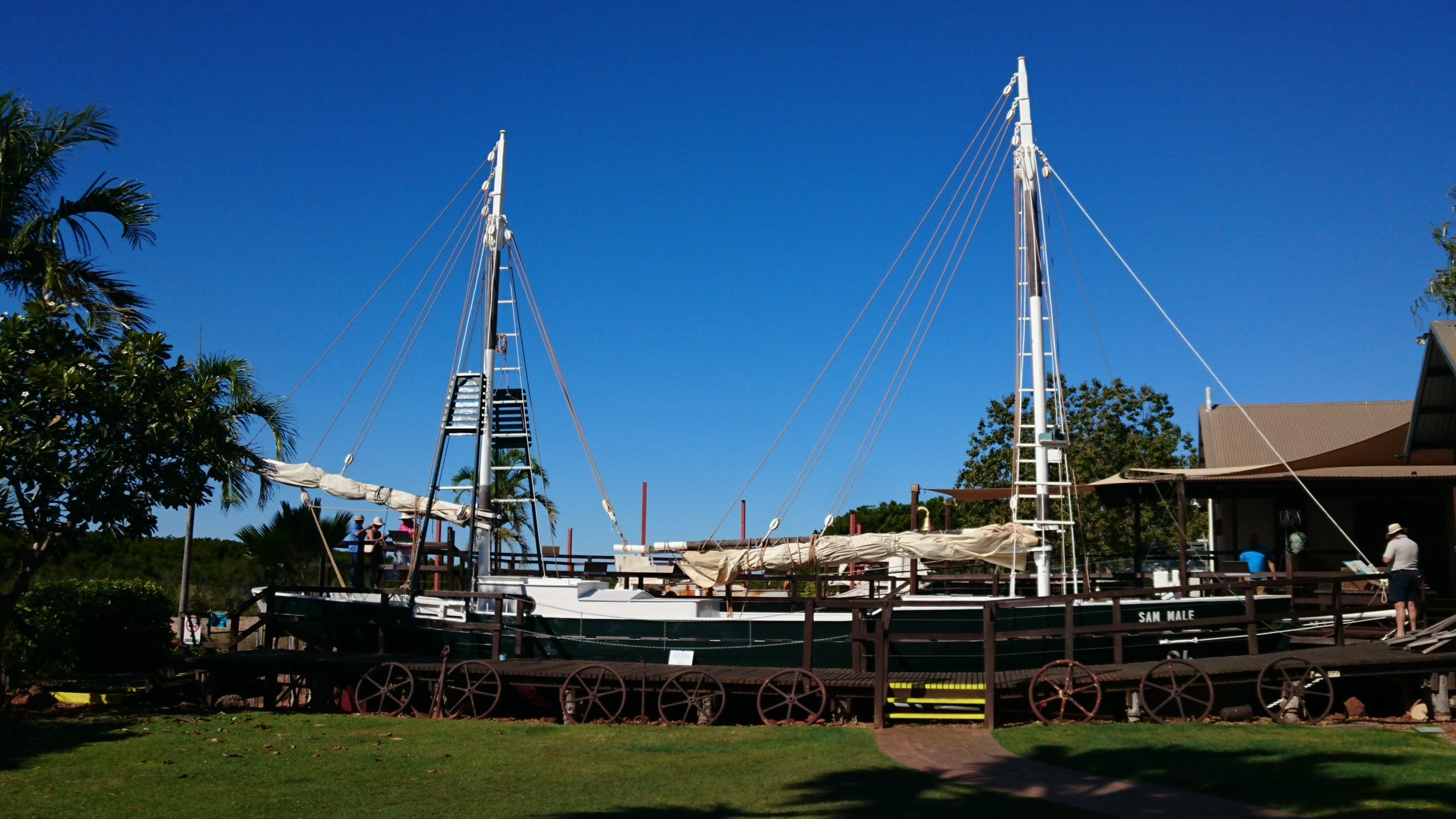
Exempt from the 1901 Immigration Restriction Act, which limited the number of non-Europeans coming into the country, Broome attracted Chinese, Japanese, Malaysians and others, who came as pearl divers and settled in this remote town. Little wonder, the town centre is called Chinatown, where the pearling sheds, opium dens and noodle houses have been replaced with cafes and restaurants serving diverse cuisines, shops selling souvenirs, homemade soaps and candles, and local produce.
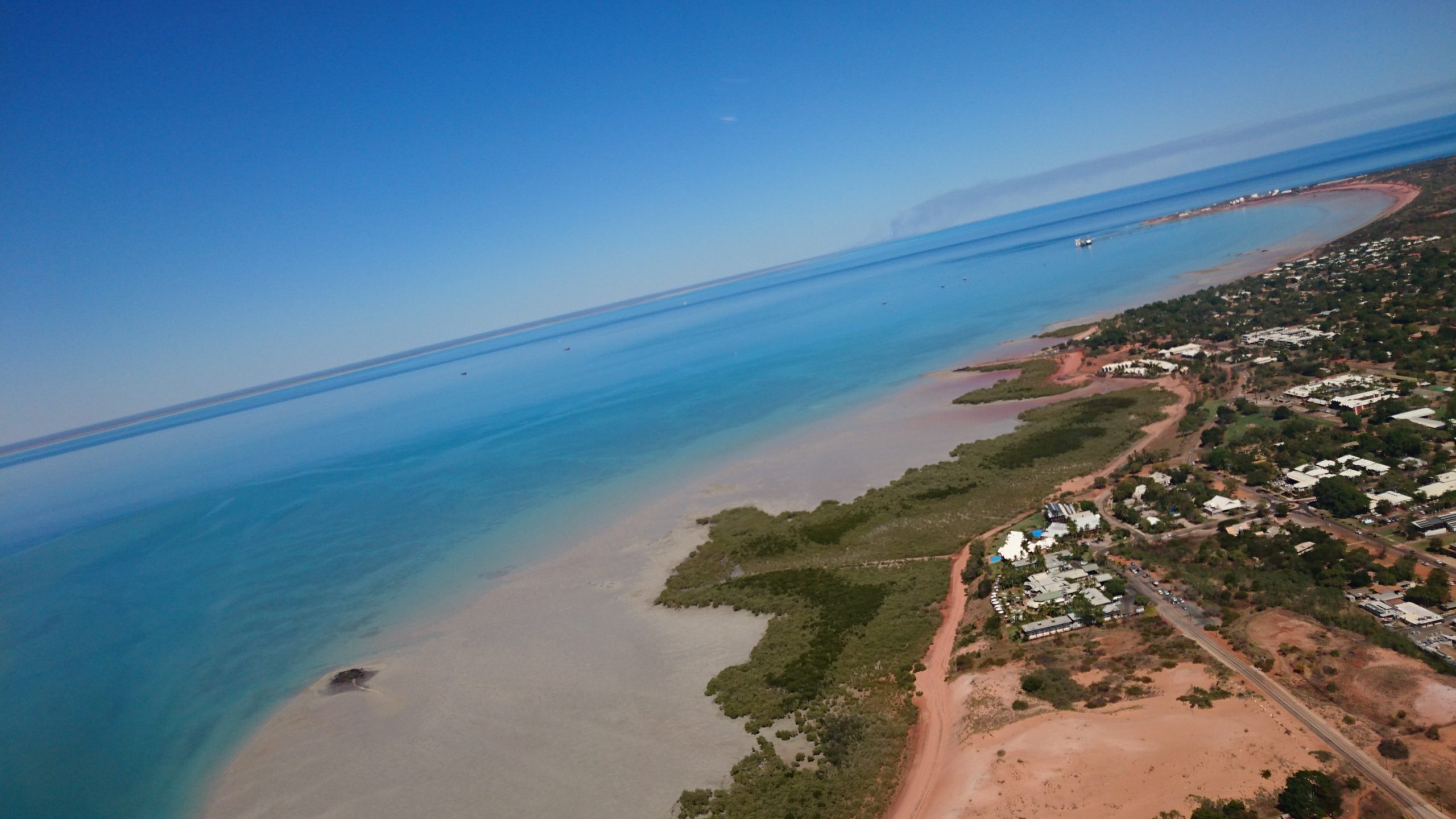
SUN PICTURES: Boutique art and photography galleries are aplenty. One can still relax in a canvas deckchair and watch a film at the oldest operating outdoor cinema in the world, Sun Pictures, which opened in 1916. Not long ago, it featured in the musical Bran Nue Dae. It was the place for local gossip and courtships that often would consummate into marriage. Dialogues were interrupted by loud barks as patrons’ dogs broke into fights.
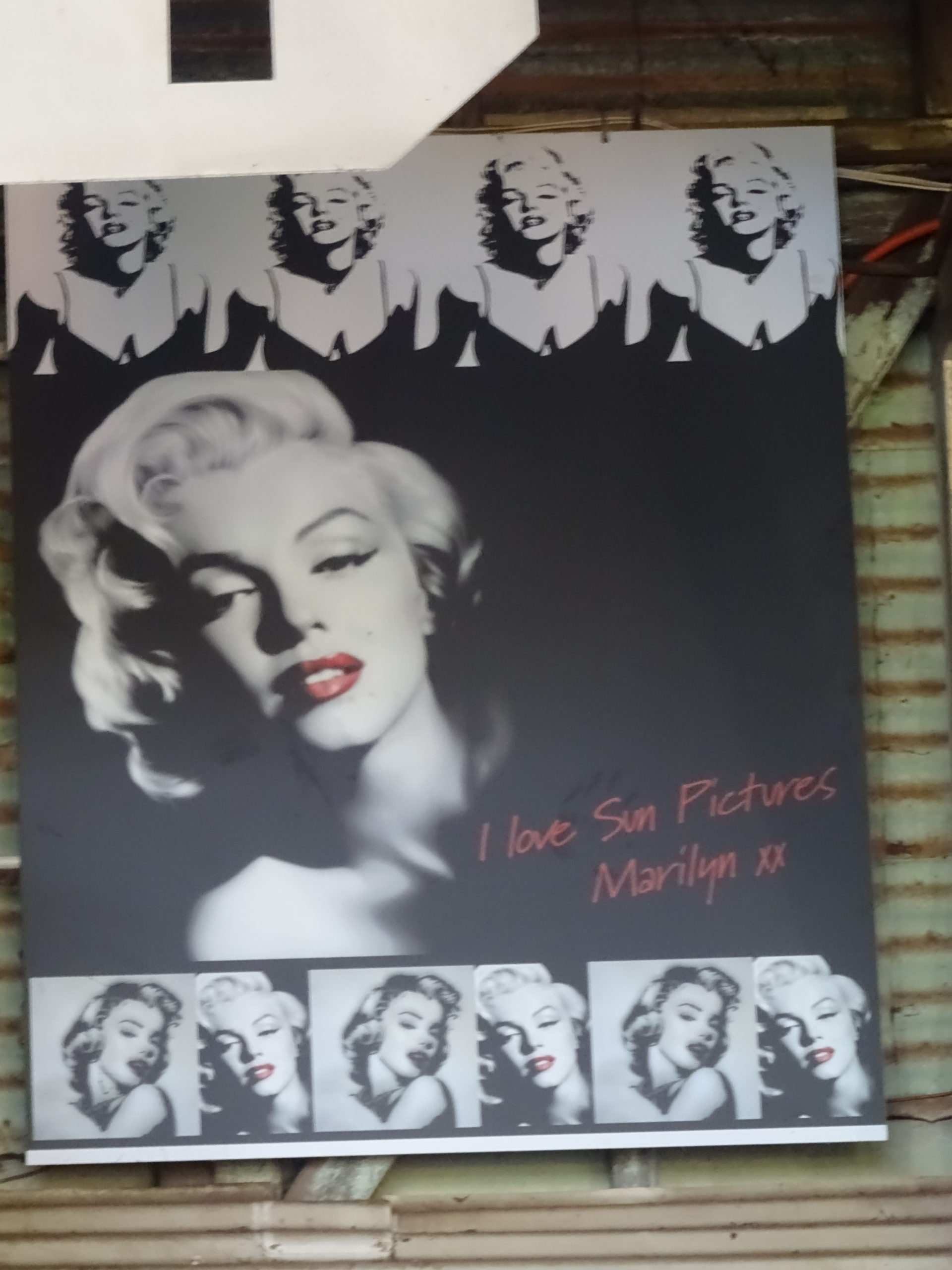
Not far from the cinema is another Broome landmark, Matso’s family run café and microbrewery. It serves an array of beers, including mango, lychee and ice-hot chilli beers, complemented with one of the best samosas and local produce fritters.
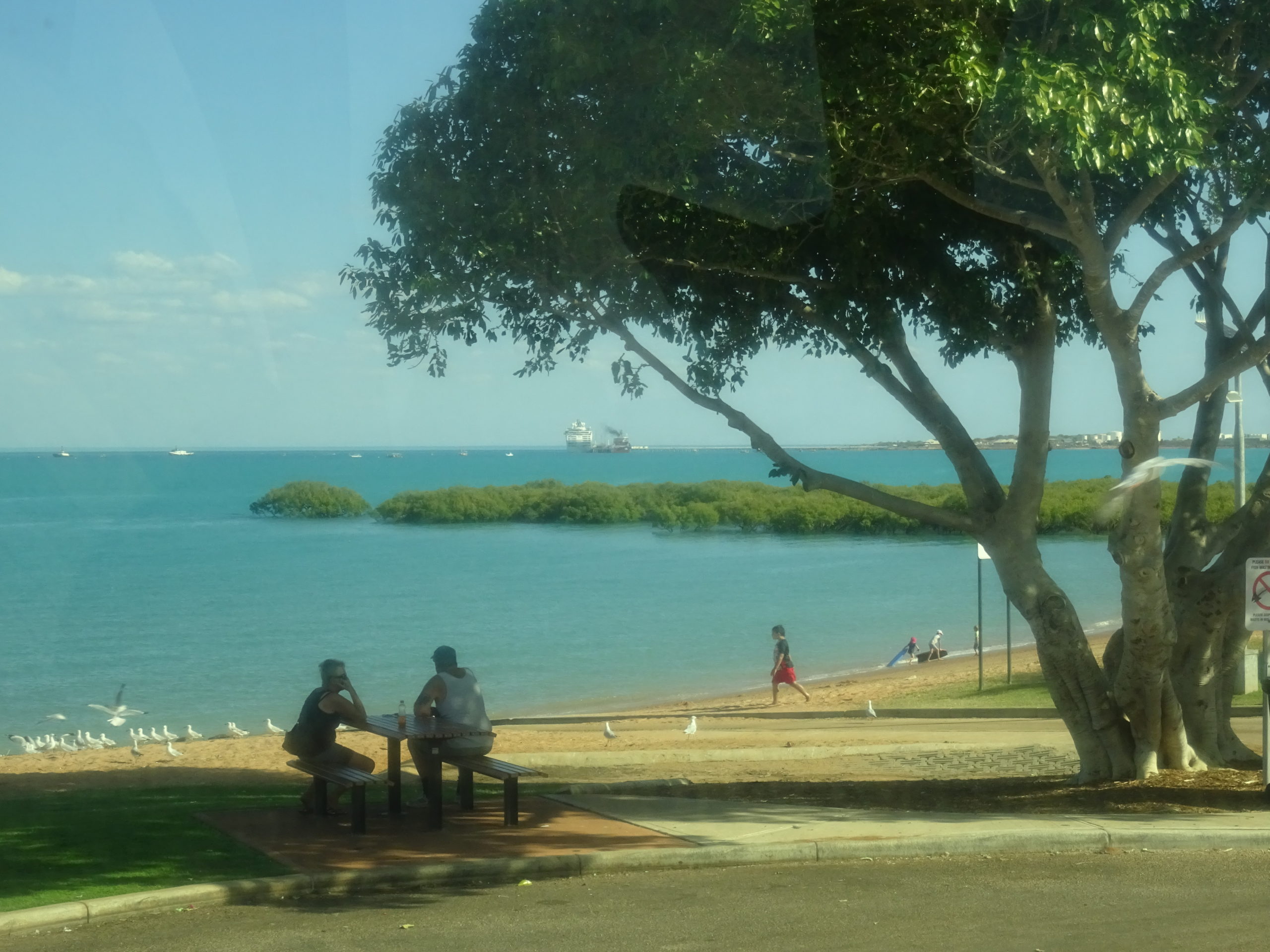
GANTHEAUME POINT: An exciting way of exploring the town’s many facets up close is Roger Stuart Hockey’s Broome Trike Tours. I hop on to his modified Harley Davidson Trike, with helmet in place and the wind sweeping my face, we whizz past scenic and historic attractions to the red Pindan cliffs of Gantheaume Point. At the base of the cliff, embedded in sandstone are footprints of dinosaurs that once roamed here 120 million years ago. The footprints are seldom and only visible at low tides of 2.16m so one has to content with the plaster replica at the top of the cliff.
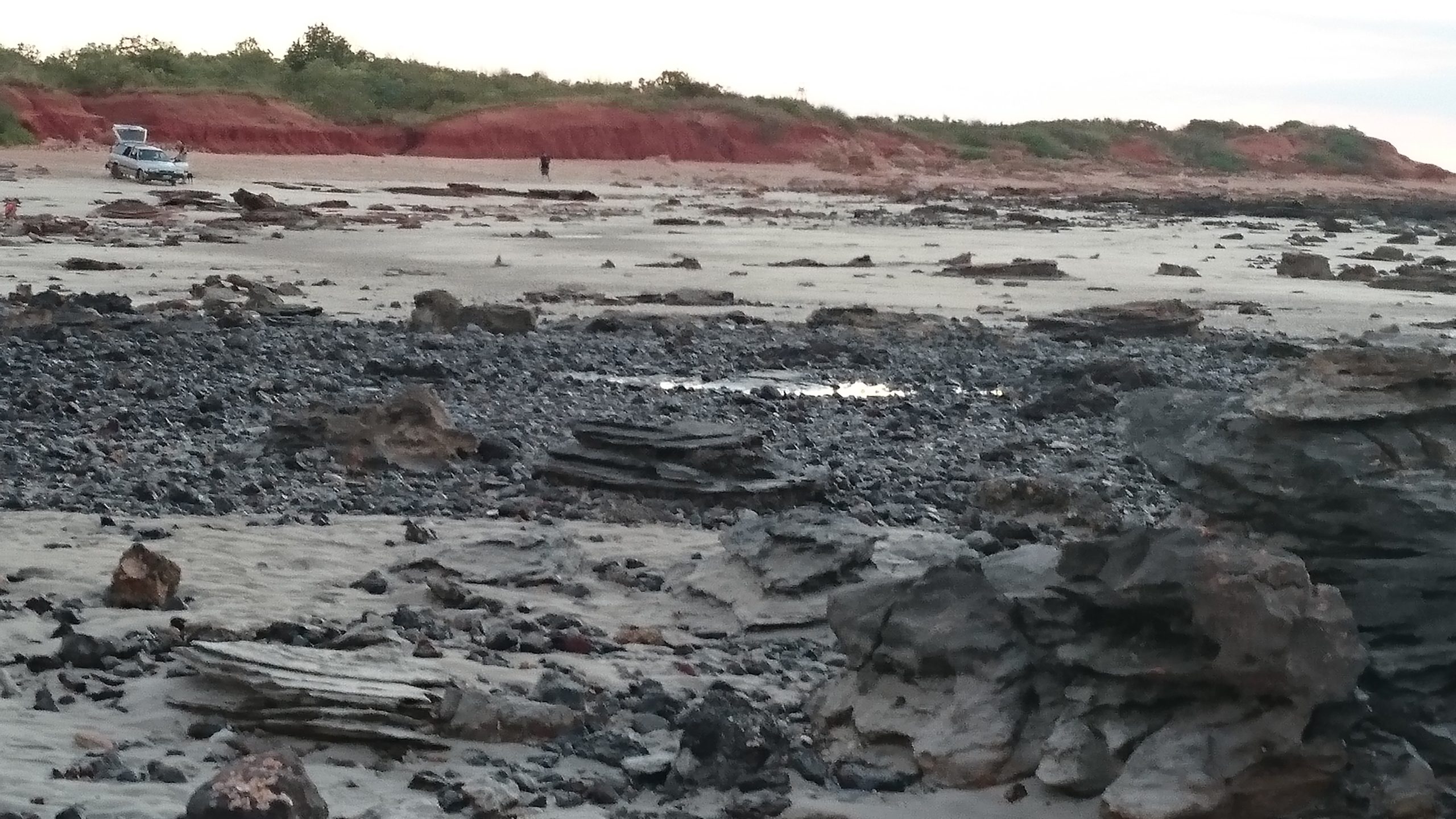
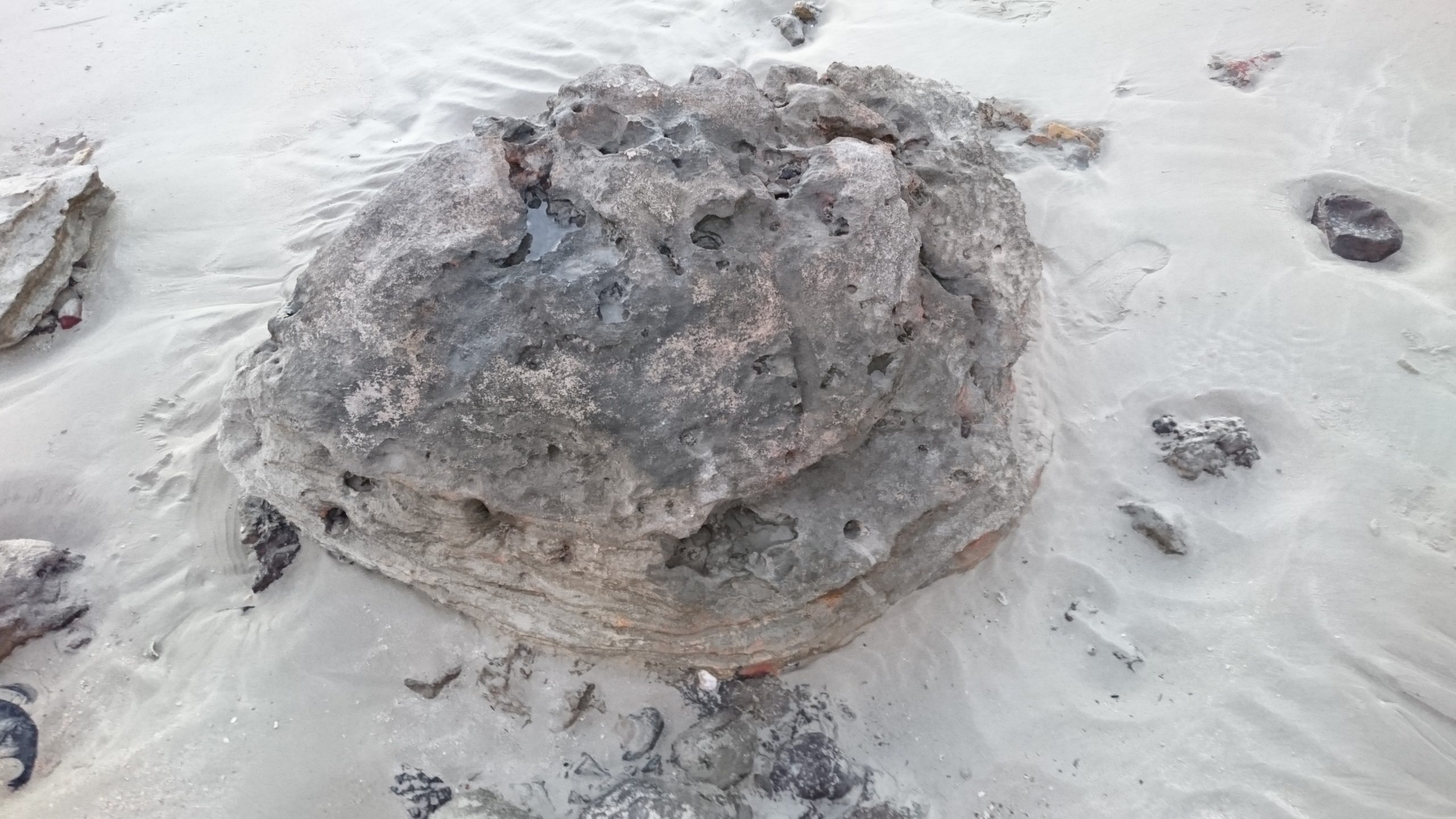
Mud crabs swim in the rugged red rock pools near my feet, overhead an Osprey is flying probably to her nest. Roger’s tongue-in-cheek take on sites and events bring out the quirky side of Broome as we watch the sky turn into a palette of colours – smeared with every hue from yellow to orange to red as the sun dips into the aquamarine ocean, leaving an indelible impression on my mind’s eye.
Getting there: Broome is 1800km from the nearest city, Darwin, 2240 km from Perth and 3382km from Sydney. It is serviced twice daily by direct flights from Perth, with seasonal direct flights from Sydney, Melbourne and Brisbane. SilkAir will begin direct flights from Singapore to Broome in May.
